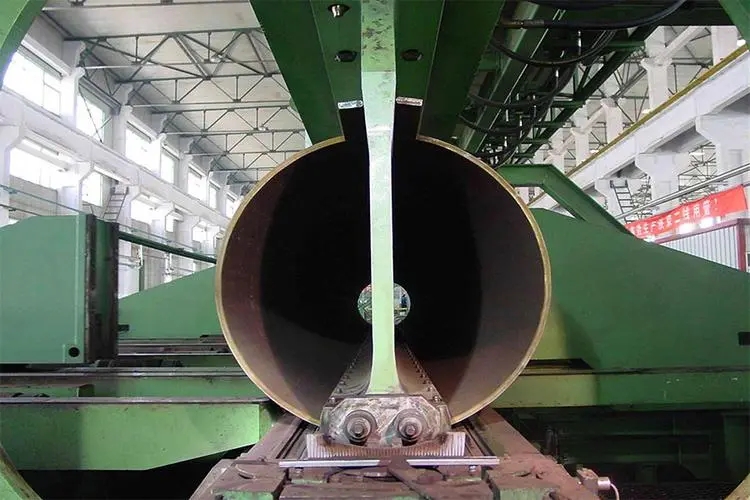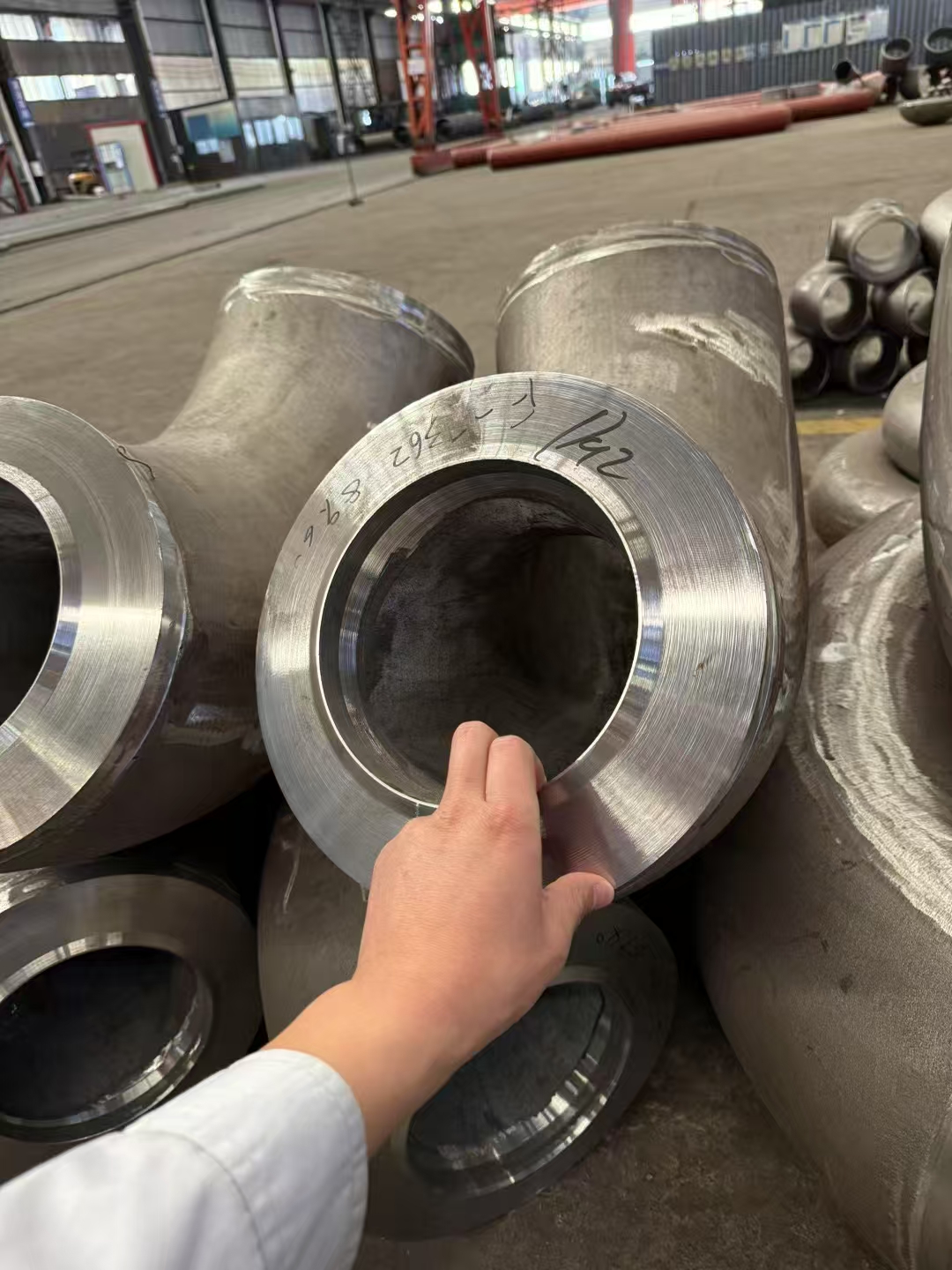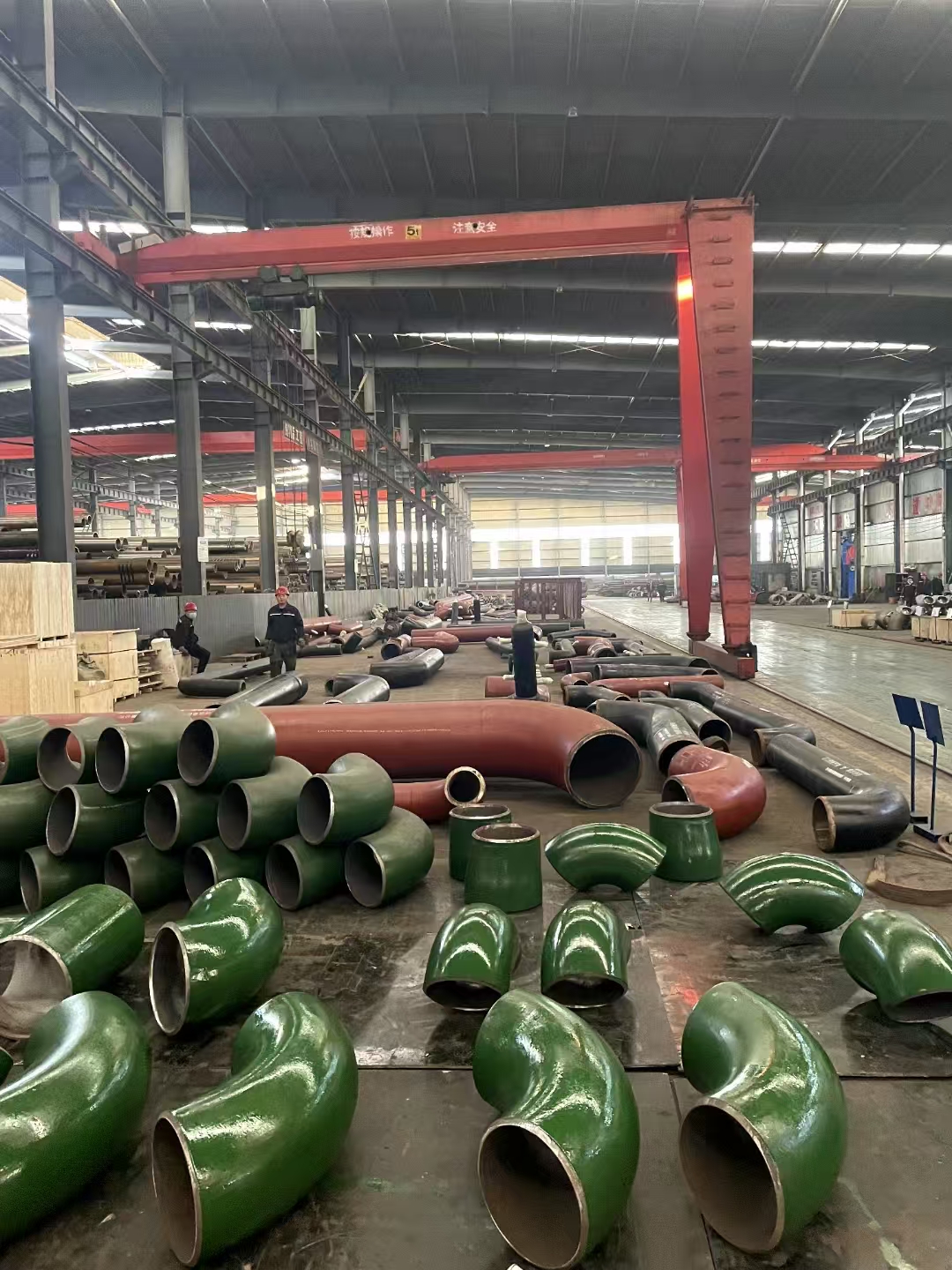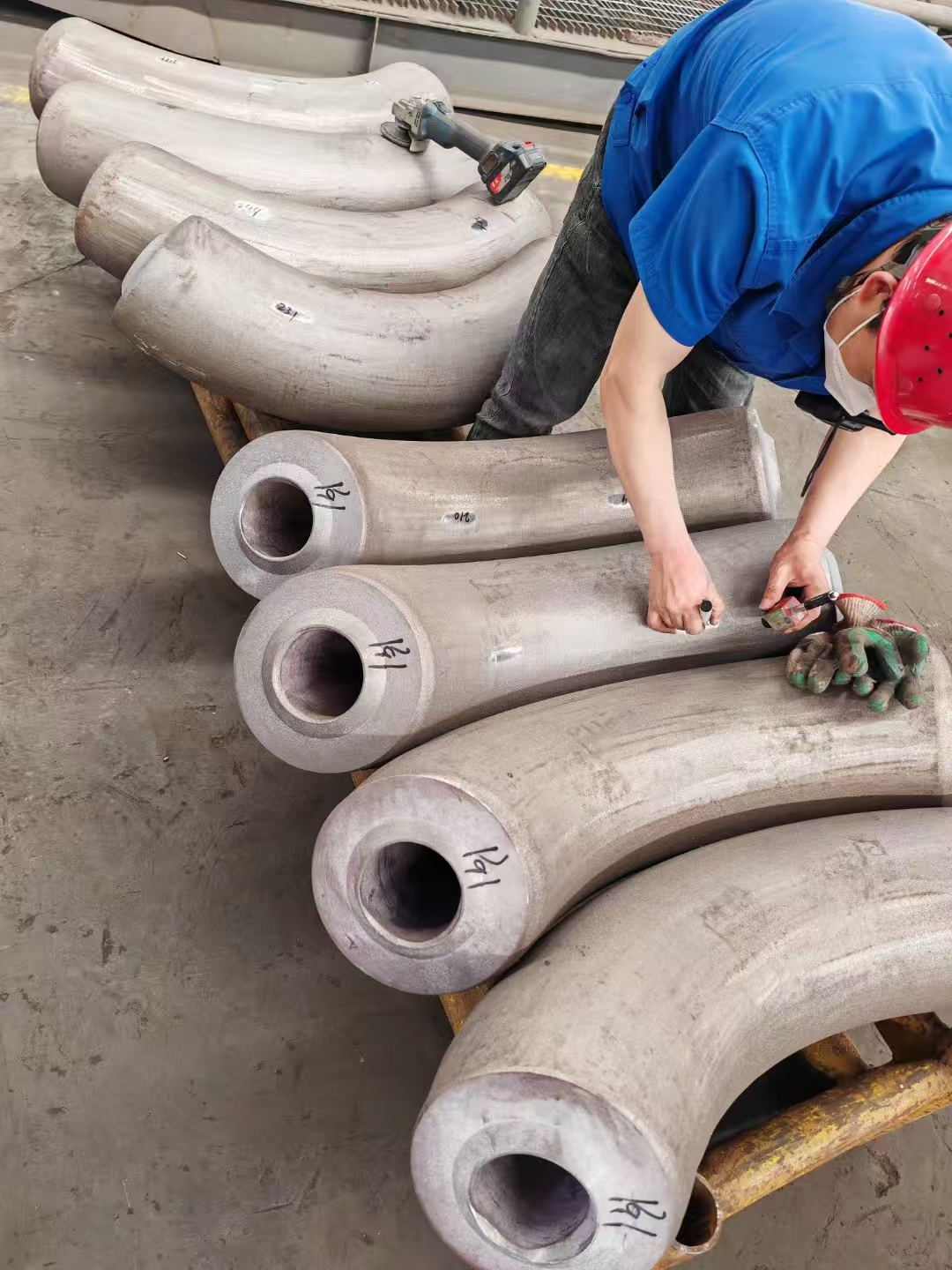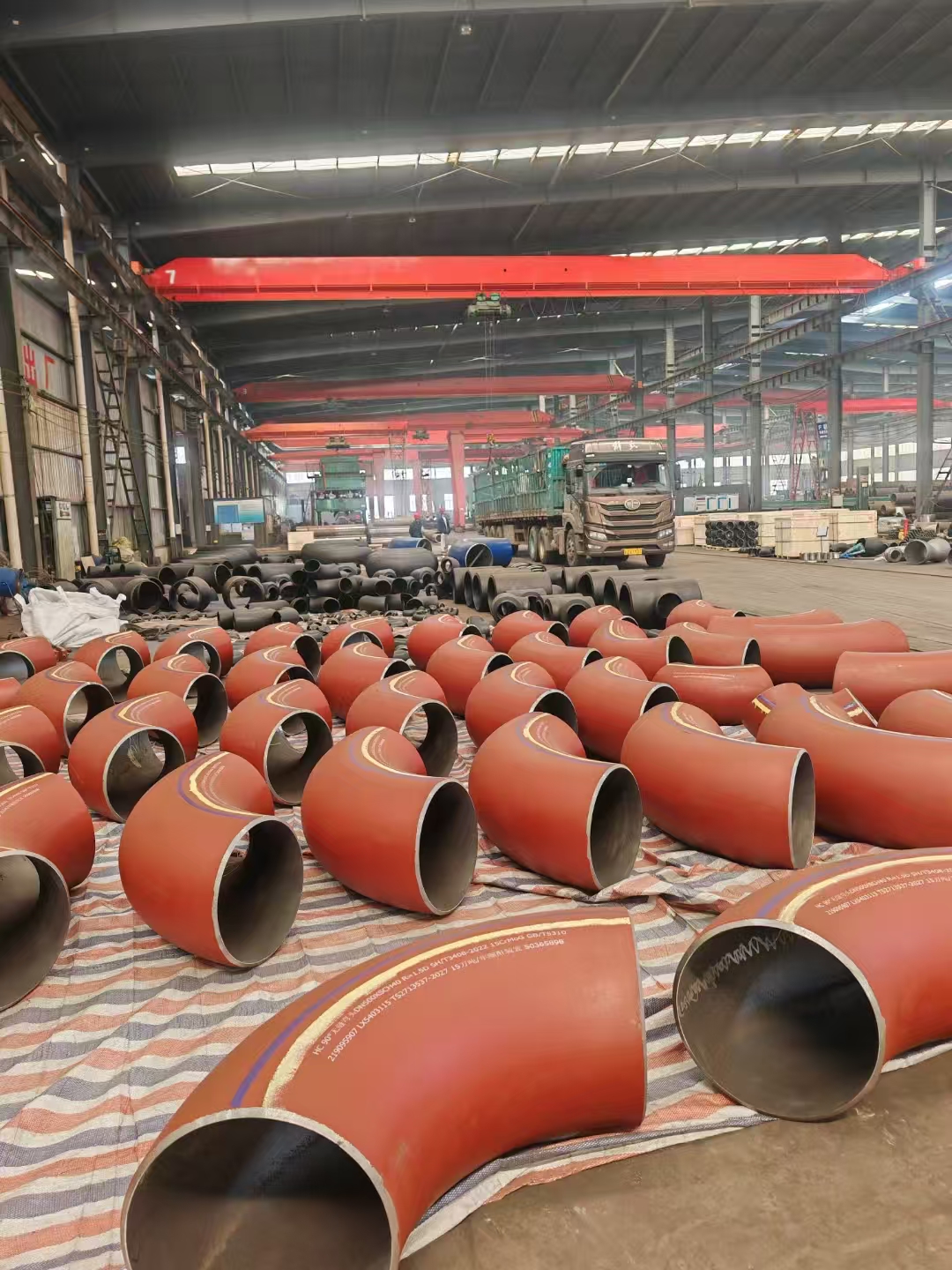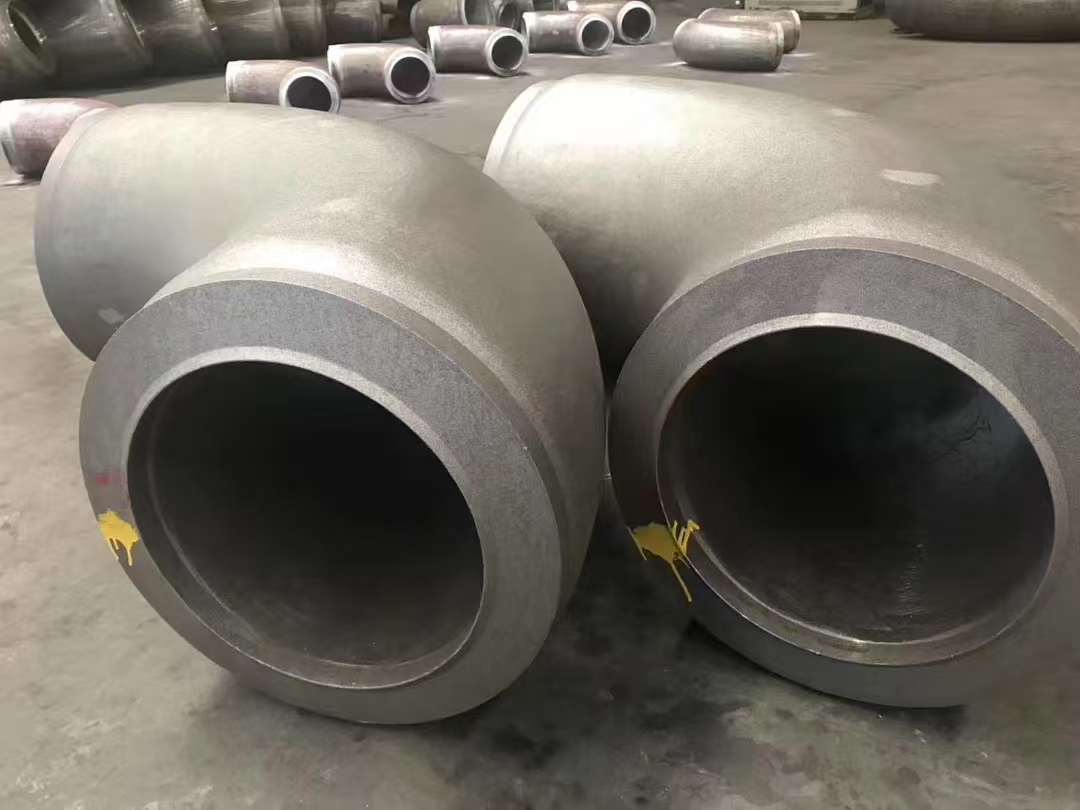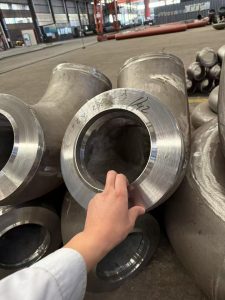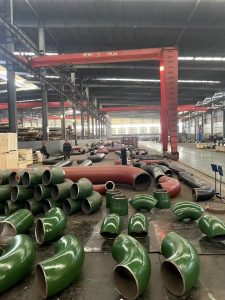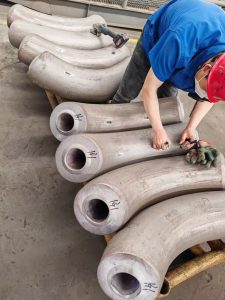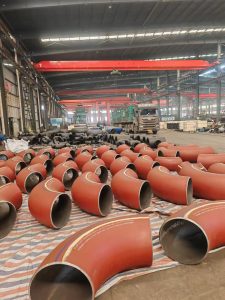API 2H Structural pipes for Offshore,API 2H Grade 42 Structural pipes for Offshore,API 2H Grade 50 Structural pipes for Offshore.
API 2H Grade42 and Grade50 are grades of steel specifically designed for offshore platform structural pipes that require excellent corrosion resistance, high strength and good weldability to adapt to the harsh conditions of the Marine environment. The following are the general chemical composition and mechanical properties requirements for API 2H Grade42 and Grade50 steels:
API 2H Structural pipes-Chemical composition requirements (typical value) :
– Carbon content :0.18% Max
– Silicon content :0.15-0.50%
– Manganese Content :*
– Grade42: 1.15-1.60%
– Grade50: 1.15-1.60%
– Phosphorus content :0.015%, maximum
Sulfur content :0.006% maximum
– Welding performance (Welding):** Low sulfur and phosphorus content required
API 2H Structural pipes-Mechanical properties requirements:
– Tensile Strength :
Grade42: Minimum strength 62,000 psi (425 MPa) – Maximum strength 82,000 psi (565 MPa)
– Grade50: Minimum strength 70,000 psi (485 MPa) – Maximum strength 90,000 psi (620 MPa)
– Yield Strength :
– Grade42: Minimum strength 42,000 psi (290 MPa)
– Grade50: Minimum strength 50,000 psi (345 MPa)
– Impact Toughness (Toughness) : must meet the specified impact test standards
These properties make API 2H Grade42 and Grade50 steel suitable for the manufacture of structural tubes for offshore platforms, which can withstand harsh conditions such as high wind loads and large waves in the Marine environment, ensuring the safe and stable operation of offshore platform structures.
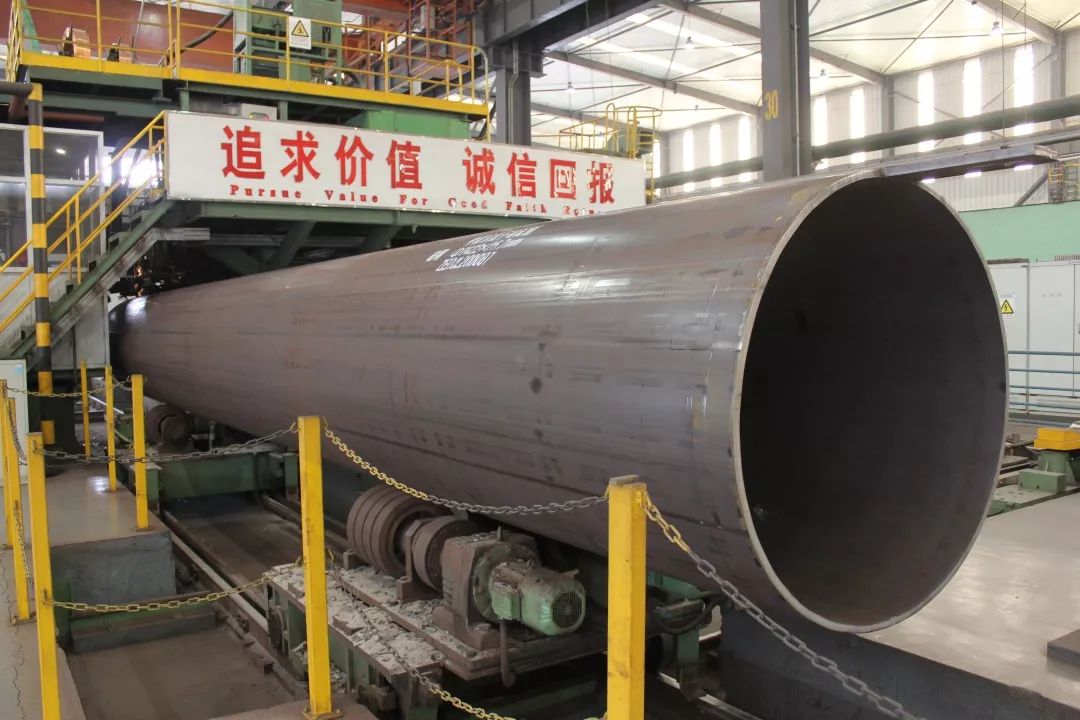
API 2H Grade42 and Grade50 Steel for offshore platform structural pipe welding molding process is crucial, the correct welding process can ensure that the welded joint has good quality and performance. The following are the general offshore platform structural pipe welding molding process steps:
1. Steel preparation:
– Make sure the surface of API 2H Grade42 or Grade50 steel is clean and check for cracks, pits and other surface defects.
– Ensure that the welding area is free of impurities such as grease and dirt.
2. Preheat:
– If necessary, the welding area is preheated to reduce the stress generated by welding and control the tissue.
3. Choose the right welding method:
– Commonly used welding methods include manual arc welding, submerged arc welding, gas shielded welding, etc., according to the specific process requirements to choose the appropriate welding method.
4. Welding wire selection:
– Select welding materials and wires that comply with API 2H Grade42 or Grade50 steel to ensure weld quality.
5. Welding parameter setting:
– According to the steel material and thickness, set the appropriate welding current, voltage, welding speed and other parameters.
6. Welding implementation:
– Carry out welding process to ensure uniform and firm weld and avoid welding defects.
7. Testing and Evaluation:
– Perform non-destructive inspection of welds to ensure welding quality meets requirements.
– Test and inspect the mechanical properties of welded joints and evaluate the welding quality.
8. Follow-up treatment:
– After the completion of welding, carry out the necessary follow-up treatment, such as annealing, heat treatment, etc., to optimize the performance of the welded joint.

The above is the general offshore platform structural pipe welding molding process steps to ensure that the welding operation is carried out in accordance with the standard requirements to ensure that the quality and performance of the welded joint meet the design requirements.
Tailored to Your Needs: Customization at Its Finest
Our powerful production capabilities allow us to customize pipes according to individual customer requirements. From alloy selection to specific mechanical properties, we can fine-tune the manufacturing process to produce pipes that are tailor-made for each client’s particular application. This level of customization ensures that our pipes perform optimally in their intended environments, adding significant value to our clients’ operations.
API 2H Structural pipes for Offshore has been widely used in offshore platforms and other project conditions in recent years, and attention should be paid to the welding direction and speed of offshore structural pipe in welding molding.

